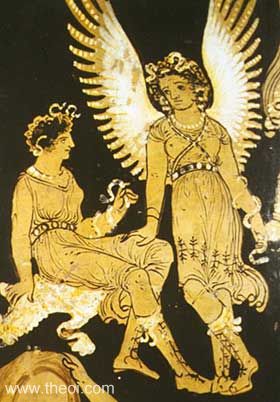
Literary allusions and influences are generally not about one-to-one correspondences of plot or character details. Authors are for most part motivated to write something new, something that interests them and their audiences, and that means drawing upon familiar written and oral words and weaving them into new creations. Perhaps a good comparison could be drawn from those music programs that trace the history of certain genres of music through the decades. One soon learns that even “the new and different” is really a re-mix of the old from here, there and somewhere else that has been repackaged and presented in a very new way.
Nor does the fact of literary allusion of itself suggest that the topic being written about is fiction. One is quite entitled to write a history of a modern event and draw on allusions from Shakespeare or Homer in the process. Where the line is crossed is where the entire narrative can be most simply explained in terms of literary allusions and ideological interests. Whether that line is crossed is the case with Paul before the Areopagus I do not know. I have not taken the time to give it proper consideration. But surely Lynn Kauppi’s discussion is one part of the discussion that cannot be ignored. (Nor am I suggesting that Kauppi himself rejects the historicity of Acts 17. I have no idea if he does or not and his thesis I am addressing here does not allow me to know his thoughts on the question of historicity.) And in the process of preparing these posts I have had opportunities to catch up with what others have had to say about this Areopagus episode — e.g. Talbert, Kirsopp Lake, Haenchen — and have uncovered a range of ideas that are too broad to include in these posts here. The question of historicity is another one I may take up in another post when I have time to collate the contributions of these and Lynn Kauppi among others.
But in the meantime let’s continue with what I intended to be just one quick post but that has turned itself into some sort of mini-series now. I am discussing the thesis of Lynn Kauppi that the author of Acts 17 (let’s call him Luke) was writing with conscious allusions to (among other literary sources to be discussed another time perhaps) the fifth century BCE play Eumenides by Aeschylus. This post follows on from the previous two posts. Continue reading “Acts, the Areopagus and the Introduction of New Gods”

